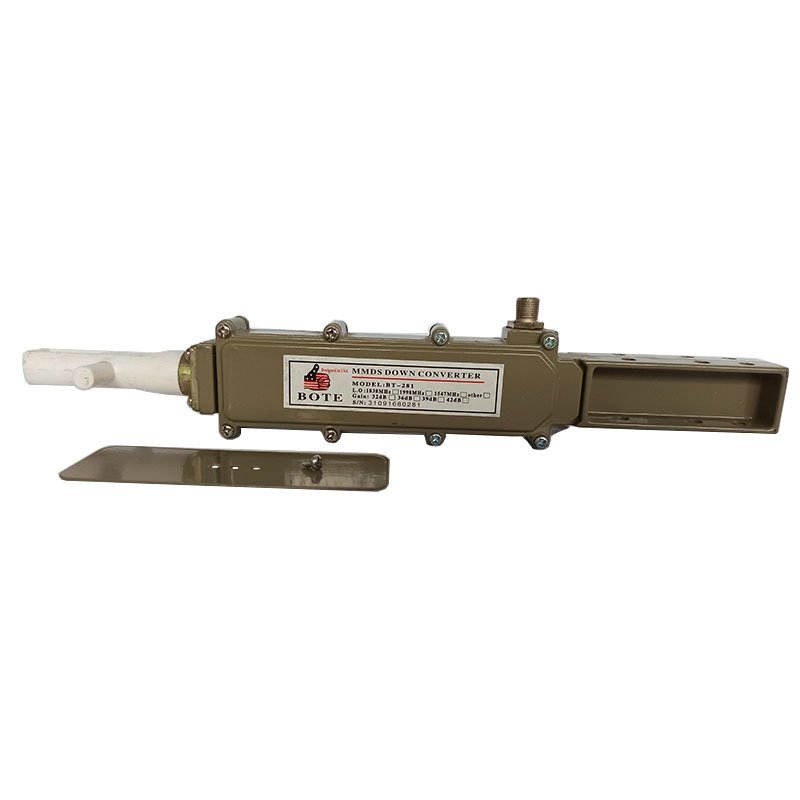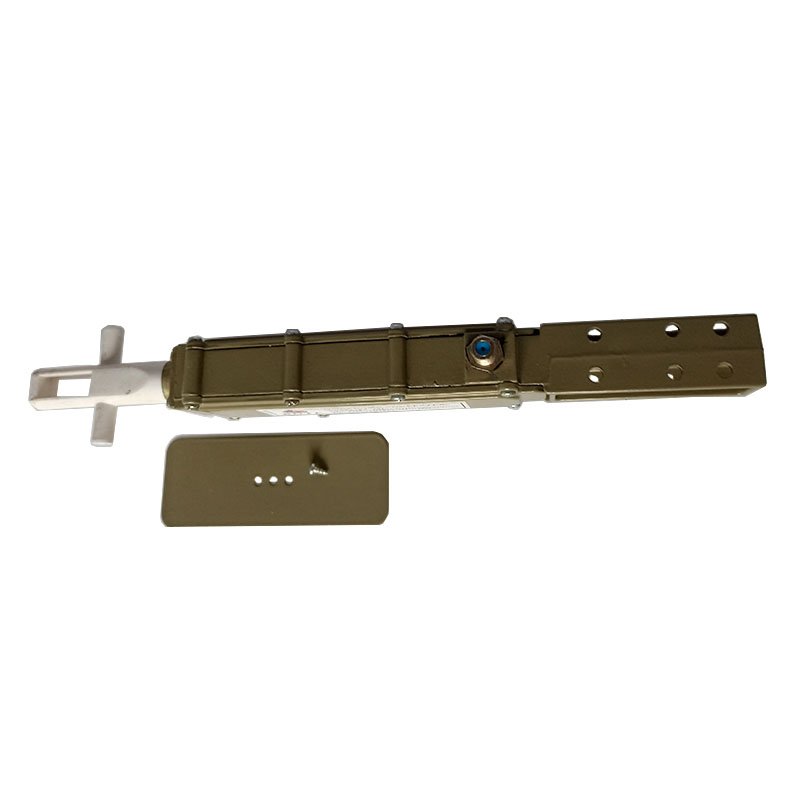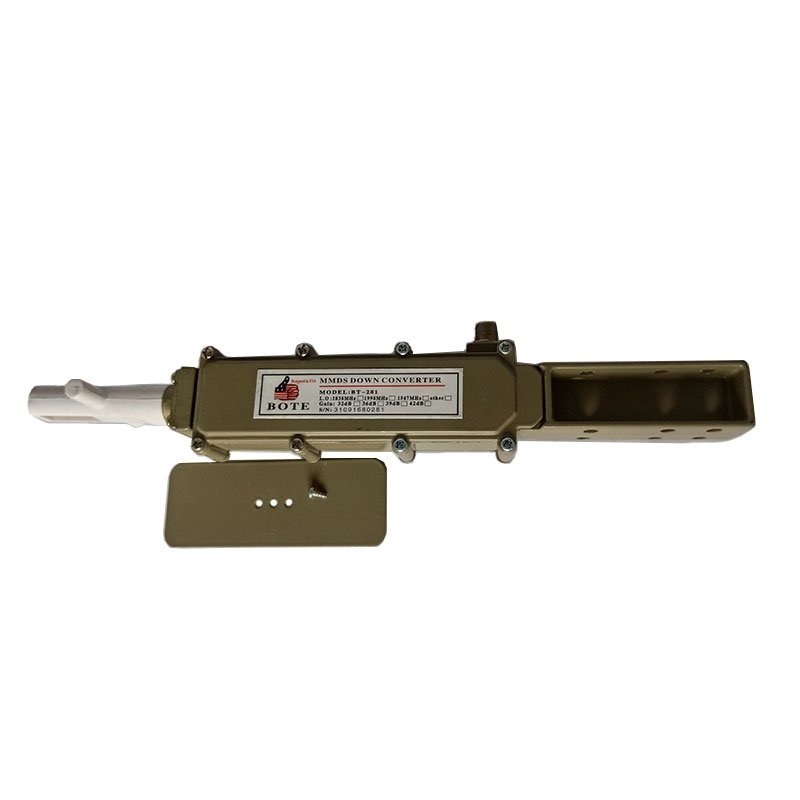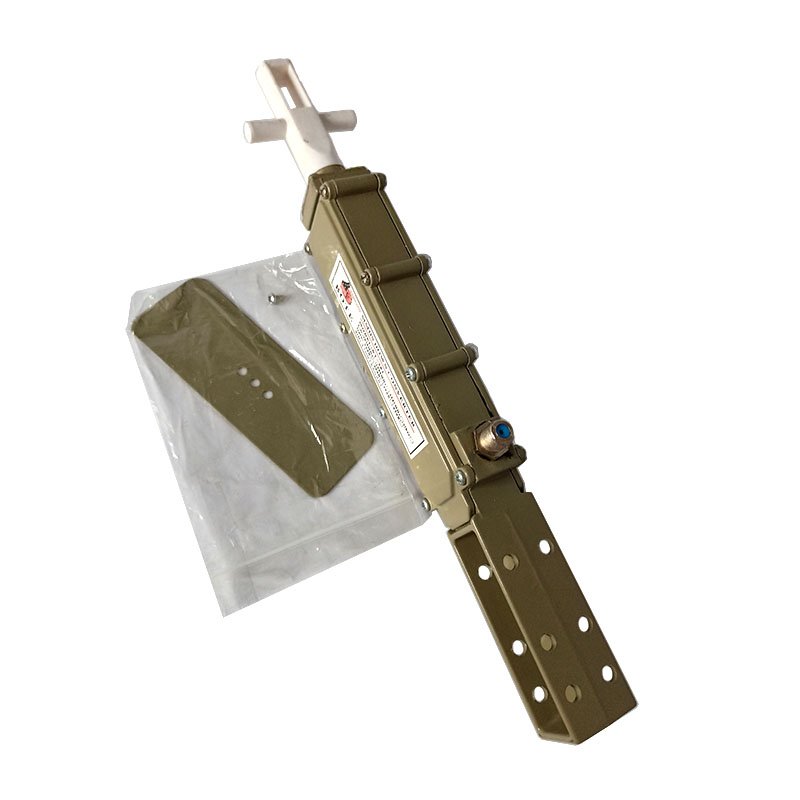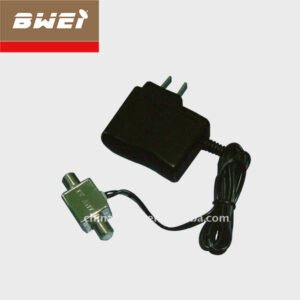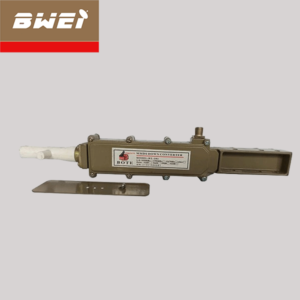The spiral antenna is a type of antenna with a distinctive structure that, from an external perspective, appears to have a spiral installed on a planar reflector screen. The length of the spiral section is cleverly adjusted to be equal to or slightly greater than one wavelength, ensuring optimal signal reception. The shape of the reflector can be either circular or square, with the maximum internal distance (diameter or edge) being at least three-quarters of a wavelength, providing an effective reflecting surface for the entire antenna system.
In the design, the radius of the spiral section is precisely controlled between one-eighth and one-quarter of a wavelength, while ensuring that the tilt angle of the spiral section is within the range of one-quarter to one-half of a wavelength. Such a design ensures superior performance of the antenna, especially when dealing with low-frequency signals. However, it is important to note that if the spiral or reflecting surface is too small, the efficiency of the antenna will be significantly reduced.
Spiral antennas typically consist of multiple spiral sections and reflectors, allowing them to adapt flexibly to different signal conditions. The axial section is the area where electromagnetic wave energy is maximally concentrated, ensuring efficient signal reception and transmission. The entire antenna system can be moved vertically or horizontally to track satellites, especially when satellites are not on their designated orbits. In such cases, the computer adjusts the azimuth of the antenna to track the satellite trajectory.
Overall, the design of spiral antennas balances structural rationality and efficient signal reception, making them an important and reliable antenna type in the field of satellite communication.


